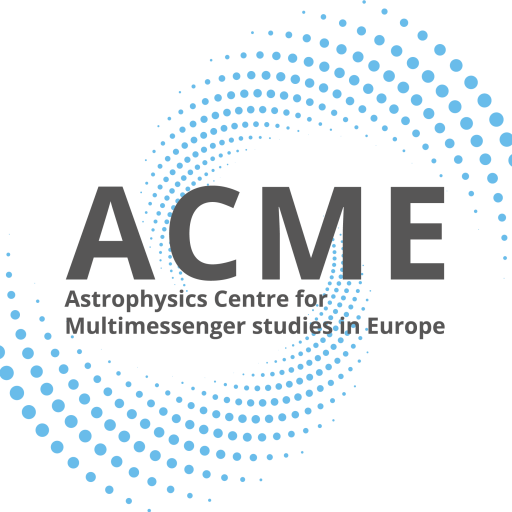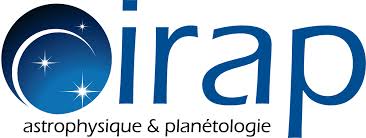The Institut de Recherche en Astrophysique et Planétologie (IRAP, UMR5277) in Toulouse is a Joint Research Unit under the auspices of the CNRS, the University Toulouse III and the French Space Agency (CNES). It one of the nine laboratories making up the Observatoire Midi-Pyrénées. Around 300 people work at IRAP on topics that include understanding our Universe and its content, the Earth, its ionised environment, the Sun and its planets, the stars and their planetary systems, galaxies, the very first stars and the Big Bang. The institute benefits from access to many French and International telescopes and large computing facilities (notably the local CALMIP). IRAP also carries out the àodesign, construction, integration and operation of many instruments that operate on the ground as well as in space, along with laboratory experiments. IRAP is one of the major poles of ground-space astrophysics in France. There is also a long tradition of high energy, multi-wavelength and multi-messenger observing and the development of many high energy data mining services. IRAP has numerous collaborations both regionally and internationally with organisations such as the CNES, ESA, ESO, NASA and JAXA.
The IRAP participants of ACME are in the Galaxies, High Energy Astrophysics and Cosmology (GAHEC) department, which is responsible for the science ground segment of XMM-Newton (XMM-SSC), the SVOM-ECLAIRs Instrument Centre, the X-IFU Instrument and Science Centre (X-ISC) for the future mission Athena and also participated in the Swift mission and were software contributors for the NICER mission. We are also strongly involved in the preparation of Athena mission, notably as the PI institute of the X-IFU instrument and PI of the ECLAIRs instrument on SVOM, as well as a participation in the Integral mission, NuSTAR, Fermi, and various instruments on the VLT and notably MUSE, as well as frequent participation in the Time Allocation Committees of many space and ground-based observatories. Services offered include expert support on writing observing proposals for different facilities addressing all aspects from proposal preparation, simulations to submission for high-energy space based facilities (e.g. XMM-Newton, Chandra, Swift, INTEGRAL, Nustar, NICER, XRIM) along with other space-based missions such as HST and JWST and ground based facilities including the European Southern Observatory (ESO) telescopes and French telescopes including the Canada France Hawaii telescopes (CFHT), for instance. Expert support on X-ray observatory data reduction and analysis, expert support for data mining the archives and accessing and using the catalogues.
Tools for which support is available include the Science Analysis System (SAS) for the XMM-Newton observatory, Ftools, including data reduction and analysis software for Nicer, NuSTAR, Swift, Rosat, XTE, etc, CIAO for Chandra data reduction and analysis, as well as some support for analysing optical data with IRAF and software using astropy. Online tools such as Webpimms, online catalogues: the XMM-Newton detection catalogue and stacked source catalogue, the XMM-Newton slew and optical/UV (SUSS) catalogue, the Chandra source catalogue, the Swift living catalogue and other large catalogues (Gaia, Glade, etc) and upper limit servers (FLIX, HILIGT, etc). Support is also available for using Topcat and the CDS service X-Match for cross-matching catalogues.
Main contact for TNA call: Natalie Webb
Available expertise
- Expert support on writing observing proposals for different facilities
- Support for X-ray data reduction/analysis, data mining the archives and catalogue usage
Involved scientists




